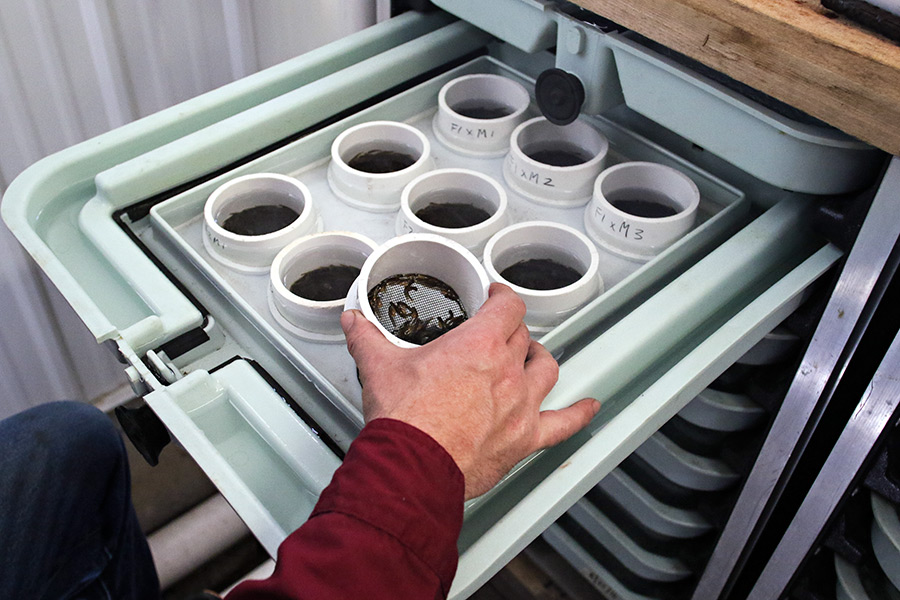Fisheries managers with Glacier National Park and Montana Fish, Wildlife and Parks are using a fish toxicant to remove nonnative Yellowstone cutthroat trout in the upper Camas drainage before stocking the waters with native westslope cutthroat trout and bull trout.
The area is closed to hikers, and it could take years for viable native populations to mount a stronghold in the remote drainage, but the goal of reestablishing native trout species aligns with Glacier’s long-term goals, according to managers.
Rotenone, a piscicide, will be applied to the lakes in order to kill the invasive fish species. It will subsequently be neutralized with potassium permanganate downstream of the project area for several weeks following application, while Evangeline and Camas lakes will neutralize naturally over the course of the fall.
The translocated native fish will be hatched from genetically pure species of fish from the Montana Fish, Wildlife and Parks’ (FWP) Sekokini Springs Native Fish Hatchery near West Glacier and at the U.S. Fish and Wildlife Service’s Creston National Fish Hatchery in Kalispell.
The project aims to protect native westslope cutthroat trout against hybridization with nonnative Yellowstone cutthroat trout, and will protect westslope cutthroat trout and bull trout against habitat degradation occurring due to a changing climate.
The project started last week, and the project area currently is closed to the public. The closure will continue through spring of 2020. The closed areas include Arrow and Camas Lake backcountry campgrounds, and the area upstream of Arrow Lake Backcountry Campground in the Camas Creek drainage.
Hikers should abide by all trail and area closure signage, according to park officials.
The lakes will reopen to fishing following the restocking efforts, which may take several years to establish viable populations. Other lakes in the general vicinity will remain open to fishing during this time period.
Glacier National Park has an active native fish conservation program, and the project augments ongoing efforts in partnership with the U.S. Geological Survey (USGS) to restore bull trout in Logging and Quartz lakes.
Glacier National Park Conservancy is supporting the most recent project with philanthropic donations and has contributed in the past to a number of other fisheries projects to boost native species, aquatic invasive species prevention and water quality.
“Native fish are a significant, if often overlooked, puzzle piece in Glacier’s ecosystem,” Glacier Conservancy Executive Director Doug Mitchell stated in a press release. “This project is another great example of the power of partnership. The Conservancy is very proud to come together with public and private partners, and state and federal agencies to help preserve Glacier’s native fish for future generations through this innovative project.”
The Bonneville Power Administration, FWP and the National Park Service (NPS) are providing additional funding for the project.
The project follows a study conducted by the USGS, FWP and NPS that evaluated the genetic status and conservation of native westslope cutthroat trout populations throughout the park.
